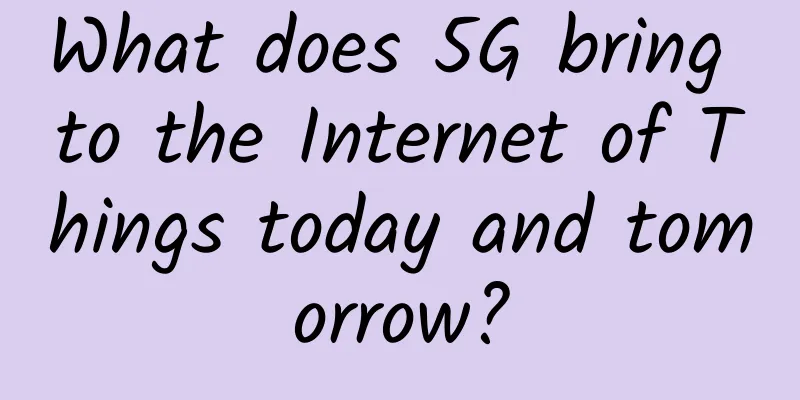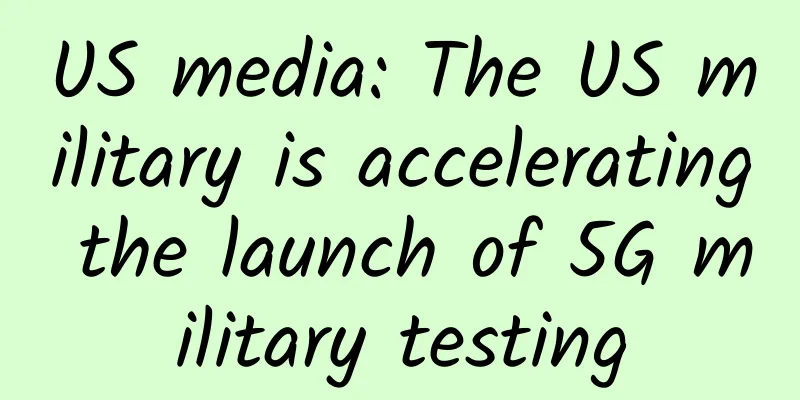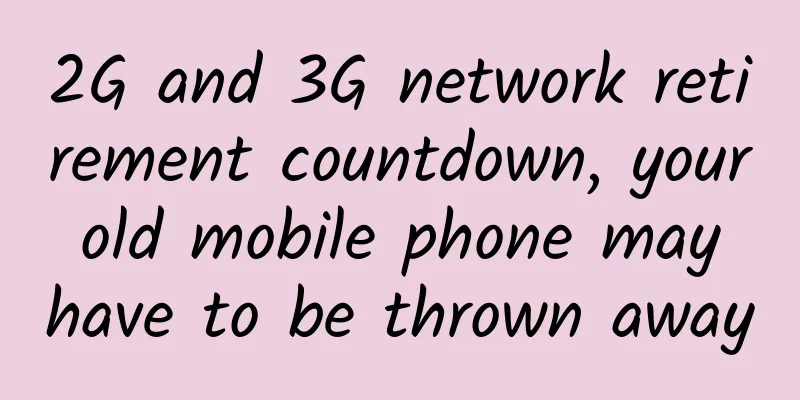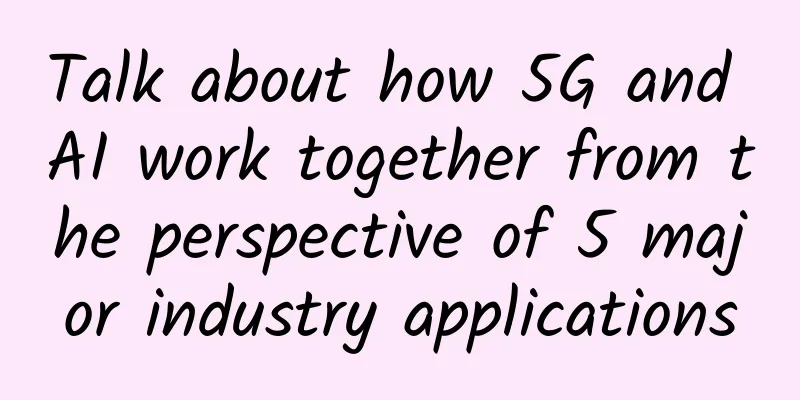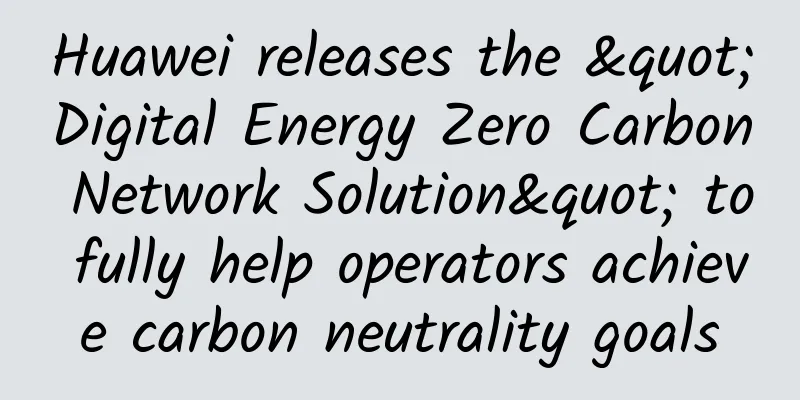|
The Internet of Things is already booming, and we can expect a huge boost from 5G cellular technology as it becomes more common and commercial services catch up with the enhanced standards that are already in the works.
“Because of the increased spectrum available for 5G, it increases overall bandwidth and allows for a large number of IoT devices to connect,” said Michelle Engarto, vice president of wireless solutions and product line management at Corning, which primarily makes distributed antenna systems for in-building cellular products.
Steve Szabo, vice president of wireless, IoT and partnerships at telecom provider Verizon Business, said several features of 5G will help transform industries and connectivity.
One is ultra-high throughput. "We've seen peak speeds up to 4Gbps in trials with vendors, which gives you a sense of what 5G is capable of," Szabo said, with 10Gbps a possibility.
Another is high sensor density for data collection, which will digitize the factory floor and enable greater visualization and increased productivity without complex wiring or legacy technology.
“High sensor density is all about putting thousands [or] millions of sensors together and leveraging them for asset tracking, alerts, and so on,” Szabo said. “5G on mmWave technology is built to handle millions of connected sensors and, in fact, it will be able to manage a million connected devices per square kilometer.”
Ultra-Edge-MEG can also move computing workloads with low latency. [[345922]]
5G can help the Internet of Things
Exactly how big an impact 5G will have on IoT, and when, will depend largely on the use case.
Bill Menezes, senior principal analyst at research firm Gartner, said key features of 5G include significantly faster data throughput; support for large numbers of machines or devices to communicate without any human interaction or control; and ultra-reliable, low-latency communications.
The technology’s ultra-reliability comes from its ability to provide a specified quality of service, or “real-time” communications, rather than the best-effort data transmission of Ethernet-based technologies like Wi-Fi, Menezes said. In addition, he said, 5G will have a theoretical latency of less than 1 millisecond in later versions, compared with the 20 to 40 milliseconds typical in current-generation Wi-Fi deployments.
All of these attributes “are relevant to IoT, but the degree of relevance depends on the needs of the IoT endpoints and applications,” Menezes said.
For example, implementing a large number of low-power endpoints with an application that doesn’t require high data speeds or latency less than 10 milliseconds may be a good option. Such scenarios will primarily take advantage of 5G’s future ability to support narrowband IoT (NB-IoT) connections, with a theoretical device density of up to 1 million low-power endpoints per square kilometer, Menezes said. NB-IoT is a low-power wide-area network radio technology standard that supports a range of cellular devices and services.
5G can also serve the deployment of fewer devices that require a lot of bandwidth. "The use case for deploying surveillance cameras will rely more on 5G's high throughput/low latency capabilities, enabling ultra-high-definition 8K real-time video streaming with much lower device density requirements," Menezes said.
Menezes said automotive, manufacturing (smart factories), construction, and natural resource industries such as mining and oil and gas are where 5G opportunities for IoT lie. “But requirements are broad and will vary by use case,” he said.
And 5G is not the best choice for all IoT networks. Menezes said organizations will continue to use a variety of connectivity methods, including Wi-Fi, Bluetooth, Zigbee and 4G-NB-IoT. "Enterprises need to weigh what performance-specific attributes their implementation will require that other platforms cannot provide in the required deployment scenarios," he said.
How 5G matches up with other options
Today's IoT devices are mostly connected via wired technology, Engarto said. That includes shielded twisted-pair LAN and coaxial cable. "Wi-Fi may have some use in certain limited areas," but it's not always ideal, she said. "5G enables more sensors to be put in place without having to run cables and conduit for each one," Engarto said.
But the new wireless technology "will be one of many networking solutions designed to meet the full range of IoT needs," said Patrick Filkins, senior research analyst for IoT and mobile network infrastructure at research firm IDC.
“For example, 5G can address endpoints that require any latency, reliability and security,” Filkins said. “While 5G will be the Swiss Army knife solution for IoT, all from a single platform, some businesses may not need the full capabilities of 5G. In many cases, such as LPWAN [low-power wide-area networks], you can achieve connectivity through alternatives such as LoRaWAN.”
Wi-Fi 6 and Wi-Fi HaLoW will also play a role in dense, short-range IoT use cases, although with potentially reduced reliability, Filkins said.
“5G is an improvement over LTE, and in terms of achieving zero downtime communications, 5G uses new technologies to achieve near-zero packet loss,” Filkins said. These technologies include beamforming, fast network failover (redundant infrastructure and topology), wireless packet retransmission, and software-defined networking.
“In addition, 5G leverages advanced synchronization techniques and other channel partitioning techniques to maximize the use of dedicated spectrum channels and ensure quality of service,” Filkins said. “This ensures [high] reliability in the operator’s 5G environment.”
Wi-Fi and 5G
Wi-Fi's reliability is first and foremost challenged by its range, Filkins said. "You may or may not be able to guarantee a level of service, but you can almost certainly only guarantee it in the short to medium term," he said. In addition, he said, most Wi-Fi systems are deployed in unlicensed bands, and as more packets share a channel, the potential for interference becomes greater.
Wi-Fi 6 helps address the reliability issue by splicing spectrum into resource units, but even with those improvements, there are still issues with the spectrum itself, "which introduces the potential for interference," Filkins said.
Deployment cost, range, interference and IoT device capabilities are all factors in determining the right primary or supplemental connectivity option for an IoT implementation, Menezes said.
“The decision is made based on the network performance requirements for the implementation,” Menezes said. “So if an endpoint or application doesn’t require 5G performance to operate at the required level, that will help decide on connectivity.”
Wi-Fi 6 or Zigbee might be perfectly suitable for some elements of smart building control, but would be useless for highly mobile, wide-area applications, Menezes said.
“Also, in situations where 5G is available but has not yet reached significant market size to make endpoints or network services competitive, endpoints using largely commoditized connectivity technologies such as Bluetooth, Zigbee, RFID or Wi-Fi may be more cost-effective,” Menezes said.
In some cases, such as home use, Wi-Fi often makes more sense for IoT than cellular, said Shree Dandekar, vice president of the global product organization at consumer products maker Whirlpool, which offers IoT services such as connected kitchen and laundry appliances.
“The tech world is largely in agreement on this view, and 5G is unlikely to change that,” Dandekar said. “Even the cheapest cellular technology [NB-IoT or LTE-M] is much more expensive than Wi-Fi.”
Whirlpool's factories, on the other hand, are a completely different story. "This environment can be challenging for Wi-Fi because there are so many devices and machines; there's just a lot of metal that can affect Wi-Fi signals," said Michael Berendsen, vice president of IT.
The company is testing 5G on some of its self-driving cars at a washing machine factory in Ohio "because we believe 5G can provide better coverage and be more consistent over such a large space," Berenson said.
Network slicing for better performance
Telecom operators said that as 5G technology matures, networks will become more and more advanced, which will bring more possibilities to the Internet of Things.
"Bandwidth will continue to improve as networks evolve and SDN (software-defined networking) improves modeling of edge structures," said Jason Inskeep, director of AT&T Business' 5G Center of Excellence.
"Another highly anticipated capability that 5G will bring is network slicing," allowing dedicated resource blocks to be used on the radio access network (RAN), Inskeep said. In this way, cellular networks begin to take on the feel of multiprotocol label switching (MPLS) networks, "creating opportunities for higher performance to power technologies such as autonomous cars or 'beyond line of sight' drone operations."
5G "can maintain certain performance thresholds in every part of a cellular network, a feature once only available on the wired side," Inskeep said.
“These cars and drones are collecting massive amounts of data that needs to be processed quickly in order to make them more viable. 5G and edge computing offer end-to-end speed and lower latency, and combined with network slicing to give data its own ‘lane,’ this will help get data back to the device in less time.”
When 5G network slicing intersects with IoT, “you start to see how the 5G platform as a whole can be useful, especially in organizations where there are many use cases running simultaneously,” Filkins said.
“One network slice could be dedicated to LPWAN IoT initiatives, while another could connect endpoints that require ultra-low latency,” Filkins said. “With 5G, it would be theoretically possible to create a single platform capable of addressing IoT use cases that have traditionally been addressed by overlaying a combination of wired and wireless links. With 5G, you can address most of these use cases from a single platform using wireless technology.”
From a management and operating expense perspective, this should be very attractive to organizations looking to increase the value of IoT, Filkins said.
Better endpoint density is coming
Another area for future improvement, InsKeep said, is achieving more sessions per radio per square kilometer. “As we move to 5G, that number will grow exponentially, so the density of endpoints can increase,” he said. “As that happens, the ecosystem can become smarter” and IoT capabilities can increase.
“We’ve only scratched the surface of the power of 5G when it comes to IoT,” Szabo said. “The potential for 5G to transform business operations is enormous, enabling use cases that don’t exist today.”
For example, a 5G network could potentially support more than 2 million connected sensors per square mile, Szabo said. “Working with 3D virtual reality could help engineers, designers and marketing teams compare new product designs with virtually zero latency.”
Verizon is working with partners and developers to expand the 5G ecosystem, Szabo said. In July 2020, it announced plans to simplify and accelerate the end-to-end IoT environment. Part of this is the integration of the carrier's 5G/LTE network, the ThingSpace IoT platform (which allows companies to prototype, test, and connect IoT devices on the Verizon network) and key asset sensor devices (which monitor conditions such as light, temperature, and pressure), and Microsoft's Azure cloud to enable IoT developers to quickly and efficiently create new applications.
Menezes said future iterations of 5G (Release 16 and 17) include many specifications related to advanced NB-IoT, ultra-low latency and network slicing, which are applicable to various types of IoT use cases.
“Organizations considering 5G as a primary or complementary [resource] need to align their roadmap for planned IoT use cases or applications — or required performance updates to existing IoT implementations — with the commercial availability of services and infrastructure based on advanced 5G releases,” Menezes said.
5G could facilitate greater use of the Internet of Things
Experts say continued advancements in 5G technology will help drive IoT initiatives.
“5G will lead to an explosive growth of IoT devices in the market,” Engarto said. 5G’s ultra-low latency will pave the way for new use cases such as augmented and virtual reality, “and open up new breakthrough possibilities for digitization in verticals such as healthcare, smart manufacturing and education,” she said. “It can be a key enabler for building smart cities, with advances in transportation, public safety and even retail.”
Massive machine-to-machine communications combined with 5G's upcoming integration of NB-IoT capabilities could further encourage IoT deployments, Menezes said. This could include smart cities, which might not be scalable enough with other mobile wireless technologies such as 4G LTE or LAN wireless networks such as Wi-Fi, Menezes said.
“5G will be able to support more devices within its coverage area in later versions,” Menezes said. “Also, it will be able to transmit farther in mid- and low-band spectrum, so it can cover a larger area than Wi-Fi.”
The advent of 5G will “dramatically accelerate the sensorization process to drive digital transformation in the industry,” Szabo said. “Massive IoT can support up to 12 times the sensor density, and technologies, such as NB-IoT, will continue to advance. Data collected from this data, along with cloud-based capabilities like digital twins, will enable near real-time simulation, assessment, prediction [and] remediation.”
IoT "is really the practice of connecting technology capabilities and improving business operations," Filkins said. "No one deploys an IoT project just to use a new technology. In certain industries, 5G will be at the forefront of driving industrial automation, enabling seamless connectivity between indoor and outdoor environments."
|
